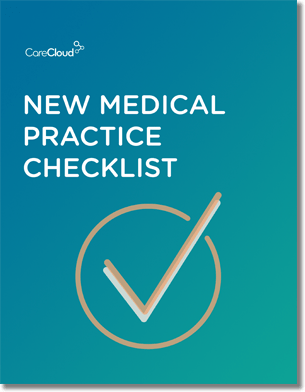In 1906, organizers of a country fair invited a crowd of nearly 1000 attendees to guess the weight of a large ox as part of a giant raffle. No one was right, but the crowd’s average was only a pound away from the animal’s actual weight.
Every industry has harnessed crowd intelligence at one point or another. But now, with the advent of the information age, tapping into the source has become less complicated, whether it concerns direct accessibility to research or content creation.
Crowdsourcing, a term coined in a 2006 Wired feature, is an innovative way to solve both problems – the Internet and social media eliminate the middleman, allowing us to go to the core with ease.
Crowdsourcing may be the future of marketing, advertising, and industrial design, but what about its role in collecting healthcare data? If medical researchers can harness the crowd’s expertise the way Wikipedia did, big data trends, better analytics, more efficient practices and overall better patient care can become a reality.
There are still a few kinks to work out. For instance, there’s much talk about big data saving healthcare, but not enough ink dedicated to how patient information will be gathered. University labs can only take so many test subjects, and practices and hospitals often don’t have the time, resources, or expertise to log ultra-specific patient data.
So it’s impossible to bring up the relationship between big data and healthcare without discussing crowdsourcing. All ‘rational bubbles’ aside, crowd intelligence can be helpful, and often spookily accurate. Properly marrying the two could produce wonders for clinical data.
Crowdsourcing healthcare hit mainstream radars around the time Eliot Van Buskirk profiled Harvard’s diabetes crowdsourcing project. The school’s Clinical and Translational Science launched the InnoCentive program two years ago to launch crowdsourcing projects like this one, where people submit questions about diabetes and experts answer them. The best questions and answers are awarded monetary prizes.
We turn to the most popular example: PatientsLikeMe. The data-driven social network has conducted by far the largest amount of crowdsourced health studies thus far, and projections reveal they’ll have one million users with rare diseases by December. The company has crowdsourced a number of studies, including the role of lithium in treating Lou Gehrig’s disease.
A famous genomics and biotechnology company, 23andME, collects the genome of its members, which has helped them evaluate phenotypes in relation to genomes, which leads to new (sometimes challenging) truths about established genetic tenets.
Monitoring devices are also becoming increasingly popular. By having access to patients suffering from different ailments, researchers can learn new things about the most challenging diseases.
Patients with Parkinson’s disease, for example, can wear a Personal Status Monitor to track primary and secondary movement disorders associated with PD, as well as different motor fluctuations. This will help researchers better understand the origins PD in the brain and help generate ideas for a remedy.
We use a form of crowdsourcing here at CareCloud as well. Our Dynamic Rules Intelligence collects denial incidents and rules from clients, later compiling them and sharing them throughout the network.
With this intelligence, CareCloud touches on the other side of the healthcare cycle – it helps the providers benefiting from the research above get paid for practicing. Crowdsourcing is a win for healthcare on both the scientific and business sides.
Granted, not everything that glitters is gold. Critics of crowdsourced medical studies cite bias and lack of clinical oversight as indicators of tarnished or even unusable results.
And while there will eventually need to be rules and procedures in place before using results in peer-reviewed journals or pharmaceutical testing, forward-thinking healthcare providers and researchers can still find value in results.
Whether a lack of regulation frightens you, the conclusion is still clear – the medical community can greatly benefit from crowdsourced data. Crowdsourcing is both a byproduct of the emergence of healthcare technology and represents a new paradigm of medical research and investigation. In other words, such techniques can help patients, physicians, researchers, and even pharmaceutical companies.

Do you know what you need when setting up a new medical practice?



